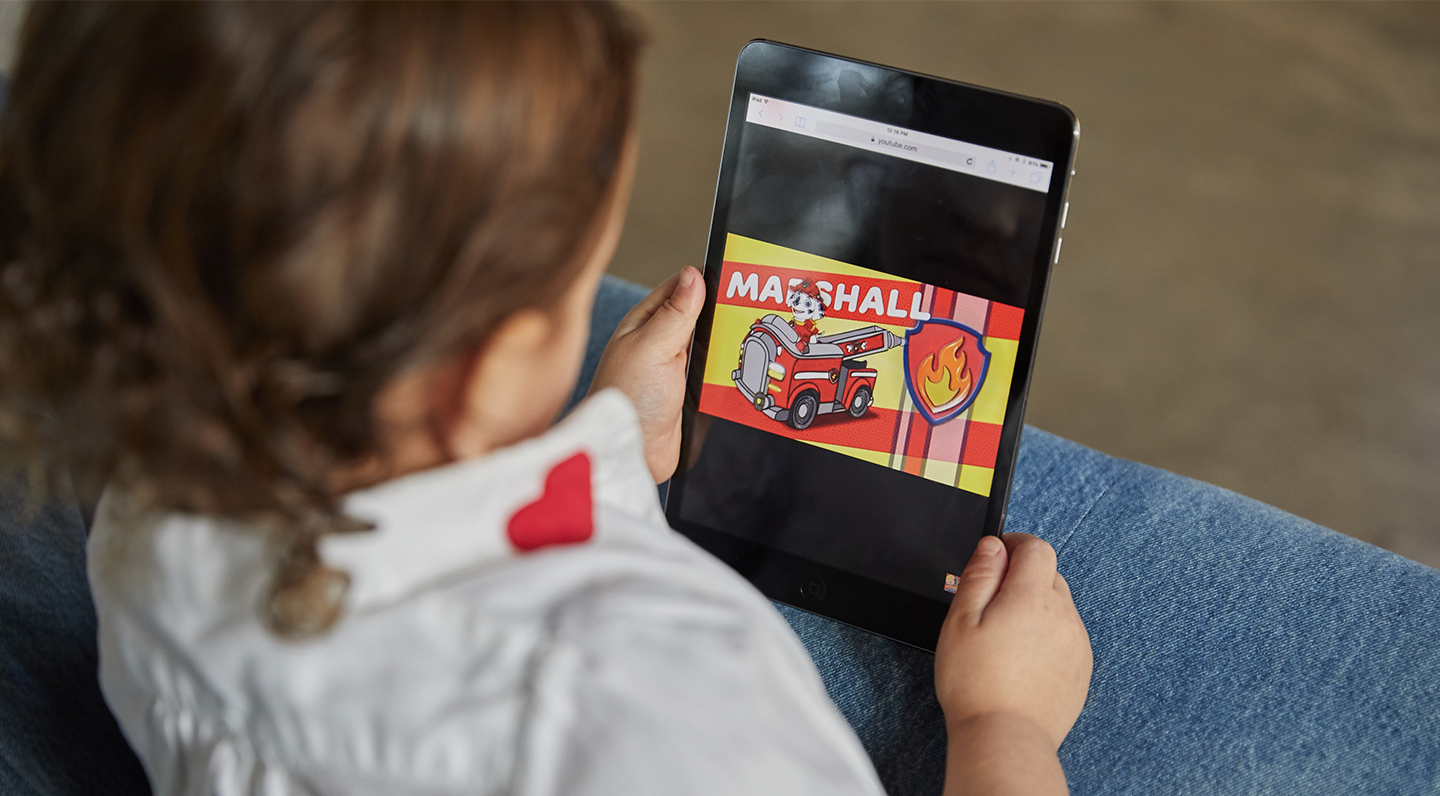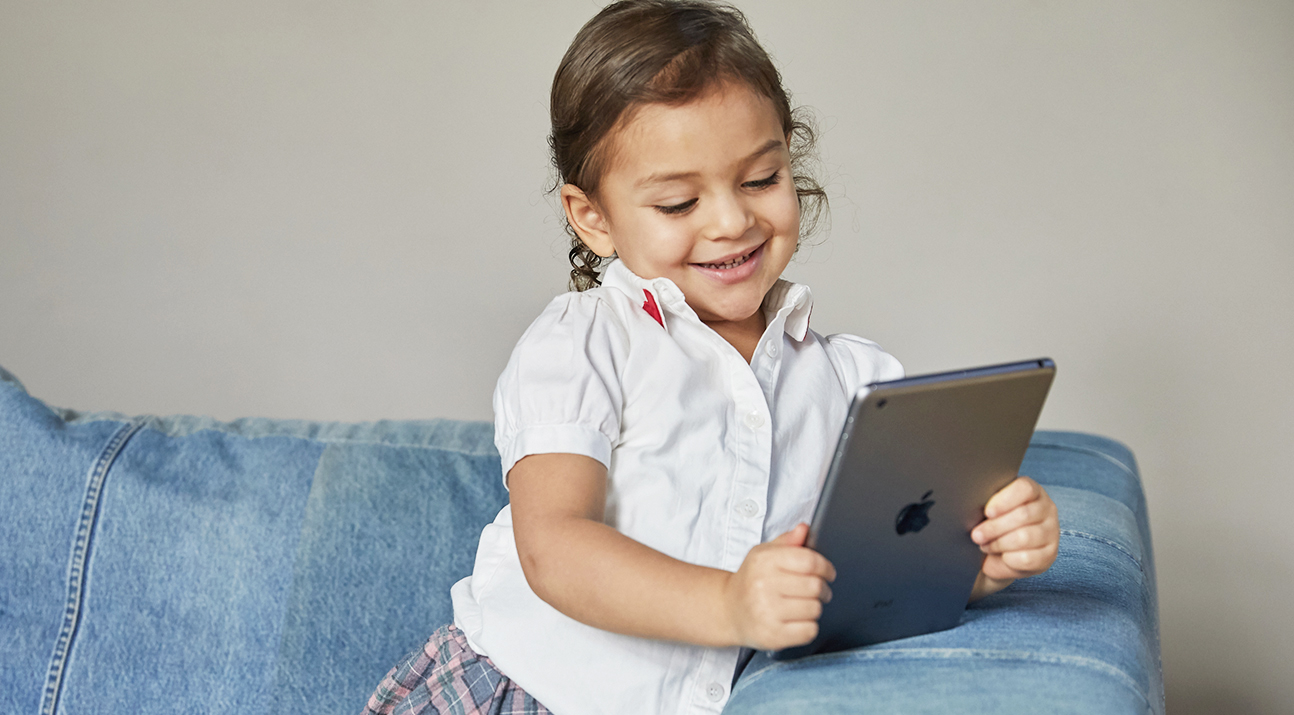Screen Time & Our Children, Part Two: Screen-Free Parenting
Denise Vasi
Last week in Part One of “Screen Time and Our Children” we delved into what researchers had to say about the effects of television, personal devices, and children’s brains and emotional health. While there’s still a lot to be discovered from new studies, like the National Institutes of Health’s $300 million study with 11,000 children from 21 cities across the country—what seems to be clear is that practicing minimal to no screen time is what’s most beneficial for children. Especially for those early most informative years. We now know enough to connect screen time to delayed language skills, attention issues, severe mood shifts, difficulties in school, problems with sleep and even obesity.
As adults who are addicted to email, text, and social media apps like Instagram and Facebook, the idea of screen-free parenting, might sound unconventional for our era, but I’m here to tell you it’s not impossible. For the last four years, my husband and I have raised our daughter with minimal access to screens. As two parents who both work in the entertainment industry and who have jobs that involve plenty of hours on sets and in airplanes we are often questioned… “how?”
Managing screen time has been no easy task, and it’s something our family has all worked hard on. Screen-free parenting has probably been one of the few topics my husband and I have discussed over and over again. Not because we disagreed on the subject, per se but in full transparency because parenting screen-free is hard. When you don’t sit your child in front of a screen to pass the time, then someone is expected to be a present and engaging parent or caregiver all of the time. So how exactly have we done it?

We Didn’t Introduce Devices In The First Place
If you happen to have been following my motherhood journey, then you probably remember that the first year of our daughter’s life we rarely shared her on social media. It wasn’t until her very first birthday that we decided to share a full image of her. That was a very conscious decision. One reason was that my husband and I were selfish, we both agreed that the first year of life was so precious and we just wanted to keep something special for ourselves. The second reason was that we kept mobile devices almost entirely out of sight when it came to being around the baby. We were very concerned about cellphone radiation and wanted to limit the amount of exposure our baby girl had to frequency waves. We also didn’t want her tempted with the little black box that lite up and dinged every few minutes. By not introducing an iPhone or iPad and by not sitting her in front of the TV we were able to avoid exposure and intrigue all together for her very first year of life.
Longtime Instagram followers– you now know why the glimpses you did see that first year were all photos shot from behind or in profile.
More Books Fewer Toys
When our daughter was home full time with us, before starting school, we aimed for 15 to 20 books a day. Whether you’re a stay at home parent or have a caregiver with your little one, introducing books and story time is one of the best ways to keep them busy and a magical way for kids to learn. Playtime should involve a lot of daily reading.
We Bought Toys With Intention
When it did come to buying toys, we were and still are very intentional in our purchases. Buying toys with intention is a great strategy when practicing screen free parenting. Rather than every bright colored, noisy trinket we’ve made an effort to purchase toys made of quality materials and delicate colors that encouraged either critical thinking or gross and fine motor skills. Investing in quality toys that were engaging but not over stimulating kept her busy but calm and thinking and learning. It also prompted her to work on her vocabulary and promoted question asking. Something she probably wouldn’t be as inclined to do if she was busy with screen time. As she’s gotten older toys like magnetic tiles, that can evolve from one dimension to another have been great fun for her.
We Got Her Outside
The park and the beach are obvious ways to get your child out of the house and tire them out, but adventures don’t just stop there. Whether your mini is in a stroller or walking alongside on their own, a simple slow long walk around the block is a great way to spend screen free time with a child. Stop every few steps and find something to take in. If you see a tree and start describing that tree to your little one, regardless of their age, you’re providing an opportunity for your child to learn. When I find us home with nothing to do, a walk in the neighborhood is the perfect way to pique my daughter’s interest and cure her boredom.
We Let Her Get Bored
Speaking of boredom, let me just say that it is entirely okay to let your child get bored. In fact, it’s encouraged! Screens overload your child with constant imagery leaving no room for their imagination to be exercised. Boredom, however, leads your child to use their imagination. When they don’t know what to do, they have no choice but to get creative. Pretend play, making up games, and free unguided play are crucial components to children’s development.
We Let Her Get Messy
Whether it’s painting or playing in the soil, good old dirty hands belong to expanding minds. Crafting, painting, and gardening (both indoor and outdoor) have been fun and messy ways to keep things interesting. When given the option most children would prefer messy sensory fun to alone time slumped over a screen.
We Created Jobs At Home For Her
Let’s keep it real; we still need to get things done. Rather than sitting your child in front of a screen so you can handle chores, maybe there’s an opportunity to keep them busy by incorporating them. Our daughter is almost always involved in cooking dinner, and her newest jobs at home include setting the table, helping to clear the table and putting dishes in the dishwasher.
We Lead By Example
One of the hardest but most significant ways to parent screen-free is to be screen free yourself. More and more research tells us that our children are begging for us to get our noses out of our phones. Behaviorists recognize that children are acting out more in an attempt to grab a parent’s attention.
Leading by example means implementing rules that work for your family. Blocking out periods in the day when even the adults should be screen-free helps demonstrate to your children how to responsibly manage screen time. Establishing screen-free zones (for our family that would be dinner time) is also a great rule to put in place that exemplifies control and accountability.
We’ve never hidden our phones or walked into a locked room to watch television, and as some of you may know, I now share a large part of our lives on social media. While our daughter is completely aware of this, I manage it in a way that doesn’t make any of us feel like it consumes our entire life. I usually pull my phone out to capture a moment but then put it away to edit or add copy, later on, this way I’m always still present and in the moment with my family.
Figuring out how to manage screen time is going to look different for every family. As long as both parents are on the same page and committed to the rules put in place the benefits of screen-free parenting are plentiful even if it may feel like more work at times.
In Part Three of this series, I’ll get more into how we’ve introduced a tiny slice of screen time over the last year and how we feel about it.





